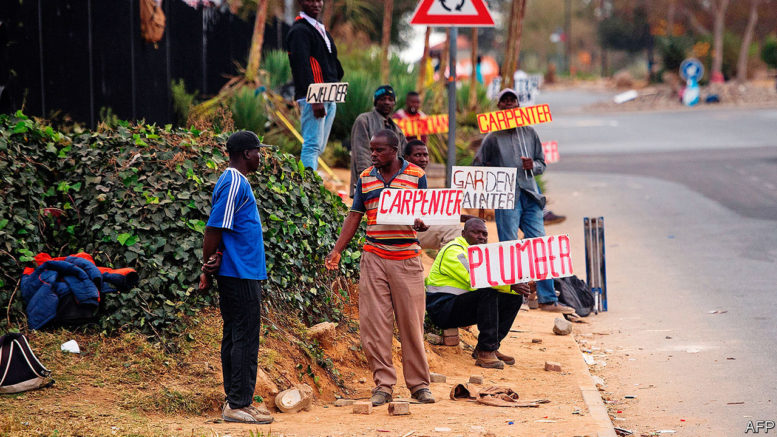Staff Writer18 November 2019

A new study by financial services company Retail Capital shows that small businesses in South Africa are buckling – knocked by a low-growth economy, unreliable utilities and rising operating costs.
The study, entitled: Roll With The Punches, found, among other things, that business is only good for 10% of our SMEs, while the other 90% are floundering thanks to the weak economy.
Collectively, SMEs keep 10.8 million people employed, accounting for 66% of all formal jobs, they contribute 20% to the GDP and pay 6% of corporate taxes.
“They are South Africa’s lifeline,” the group said.
Retail Capital conducted the study in October 2019 and surveyed over 700 entrepreneurs using ovatoyou’s online quantitative methodology.
More than half (55%) of respondents say that demand is shrinking and there is less business as people are buying less, while 58% say operating costs are a threat to their business.
- 47% are being subjected to unreliable resources and services, such as load-shedding, water-shedding and fuel levies;
- 33% are stymied and held back by red tape, governance and compliance regulations;
- 15% are affected by strikes and labour laws; and
- 59% ranked the banks as the least likely to support SMEs
“Small businesses are burning the midnight oil to keep the lights on and our people employed. They’re your local woodworker, craft beer distiller, the face of the shish n’yama, and poultry farmer.
“They get up every day and fight the good fight, to feed their families and bring home the bacon, all the while trying to contribute to our economy. But it’s not easy. Our entrepreneurs are operating in an extremely challenging environment,” said Retail Capital chief executive officer, Karl Westvig.
These hard knocks are taking a toll on our SMEs and they need support to stay afloat. But help is not always at hand, especially from the banks: 58% ranked banks among the least likely to support them, he said.
Technology and rapid digitisation is also affecting our SMEs, with a noteworthy 32% saying that it is a threat to their business. “Many small businesses don’t have the luxury of looking at digitisation, they are focused on sustaining their current businesses,” Westvig said.
“Given the majority of SMEs employ fewer than three people, keeping up with technology is the last thing on their minds. They often don’t have time to work on their business vision, or plan too far ahead as they are tied up in the operational daily grind. Unfortunately missing this trick could affect their sustainability and longevity,” says Anni Wilhelmi from the Women President’s Organisation.
To make ends meet SMEs often self-sacrifice, taking a salary cut before implementing short-time or retrenching (58%).
This as in a small business, “relationships with staff are often more intimate and they are aware that when they retrench an employee, they retrench an entire family,” said Arifa Parkar from the Western Cape Business Opportunities Forum.
Up to 13% also start a side hustle to diversify income streams, or identify a gap in the market where there is demand, often in niche industries. So while 17% of SMEs are in retail, specialist services (15%), construction (9%), hospitality (6%) and owned restaurants (5%), the majority are running small businesses such as own a biscuit brand, sell bags and perfumes, print labels, offer vehicle finance and childcare and even manufacture tutu sets.
More women are also starting their own businesses with 65% of the survey identifying as female, “11 years ago when I started the National Small Business Chamber, only a few members were women. Now they’re dominating the SME sector,” said the chamber’s CEO, Mike Anderson.
“The report’s data provides a sense of how brutally tough it is out there,” said Westvig.
“My advice to small businesses is to dig deep, there are no shortcuts. It’s going to be hard, but put in the time and ride it until you come through on the other side. What happens now doesn’t mean it will happen in six months’ time. I think we have gone to as low as we can go. Once SMEs see hope, they will see through the curve.”

